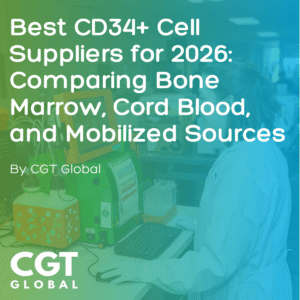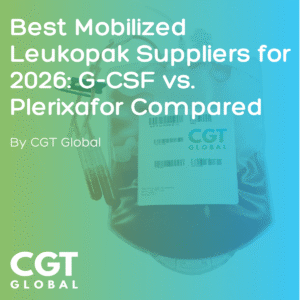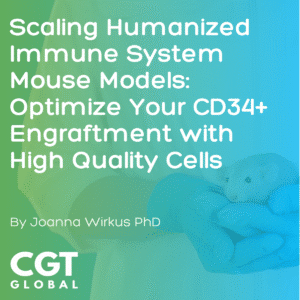Written by Joanna Wirkus, PhD
May 15, 2025, NPR ’s Science Friday spotlighted Baby KJ, the first infant to receive a personalized CRISPR-based gene editing treatment. The segment explored the groundbreaking therapy, the condition it aims to treat, and the collaborative effort behind this historic milestone.
Here’s a summary of the key points from the report:
What is Baby KJ’s Illness?
- KJ has CPS1 deficiency, a rare genetic disorder affecting the urea cycle.
- The condition causes toxic ammonia to accumulate in the blood, which can lead to severe brain damage or death if untreated.
What Are the Current Treatment Options?
- Standard care includes:
- Liver transplant (typically around age one)
- Medications
- A strict low-protein diet, administered via nasogastric feeding tube (as seen in KJ’s photos)
How Long Did FDA Approval Take?
- The team moved from concept to approval in just 8–9 months.
- The therapy was administered one week ahead of schedule.
What Were Conversations Like With KJ’s Parents?
- Doctors were candid: they didn’t know if the treatment would work.
- KJ’s parents said, “We think the science is important to advance… this could have implications and benefits beyond our son.”
How Was CRISPR Gene Editing Delivered?
- Lipid nanoparticles (described as “soap bubbles” for the public) were used to deliver the gene editing components directly to liver cells, where they corrected the faulty gene.
Does the Therapy Need to Reach Every Cell?
- Not necessarily. In metabolic disorders like CPS1 deficiency, correcting even a portion of liver cells can be enough to provide therapeutic benefit.
Can Gene Editing Make Mistakes?
- Yes, it’s possible, but researchers took extensive precautions to minimize risks.
- KJ’s genome was sequenced thoroughly to reduce the chance of off-target effects.
How Did KJ Respond?
- He slept through the infusion and tolerated it well.
Will He Need More Treatments?
- It’s not yet known.
- Researchers are hopeful the edit will be long-lasting, as corrected liver cells divide and pass on the change.
- KJ will be closely monitored over time.
Can This Approach Be Scaled?
- “If we only treat one patient, then we failed in what we’re trying to do,” said Dr. Rebecca Ahrens-Nicklas
- The team plans to launch formal clinical trials to evaluate safety and effectiveness in more patients.
How Was the Work Funded?
- Support came from the National Institutes of Health (NIH), as well as academic and industry partners.
- Contributions included in-kind support from companies.
How Are NIH Cuts Impacting Innovation?
- Funding uncertainty is creating significant challenges.
- Progress in gene therapy depends on robust infrastructure, including researchers, regulatory experts, clinical trial coordinators, and highly trained nursing staff.
What Was It Like for the Scientists Involved?
- Dr. Rebecca Ahrens-Nicklas described the experience as emotional, challenging, exciting, terrifying, and at times overwhelming.
- She also emphasized the extraordinary opportunity to bring transformative science directly to a patient for the first time.
How Has the Media Covered This?
- The team appreciates the increased awareness of rare metabolic disorders.
- However, they stress:
- This is a complex disease and equally complex therapy.
- It is NOT a cure.






